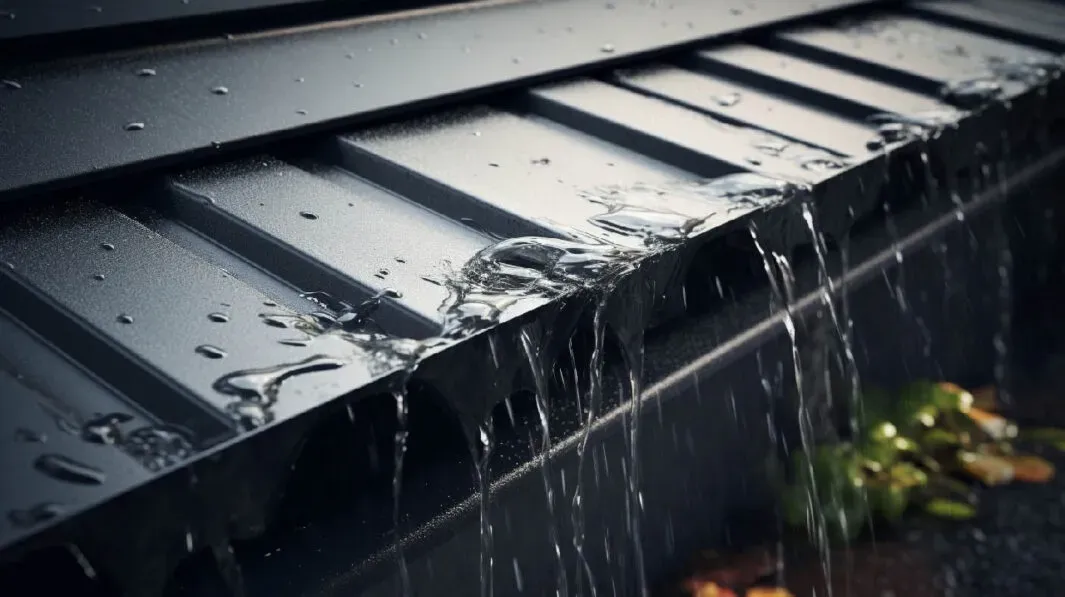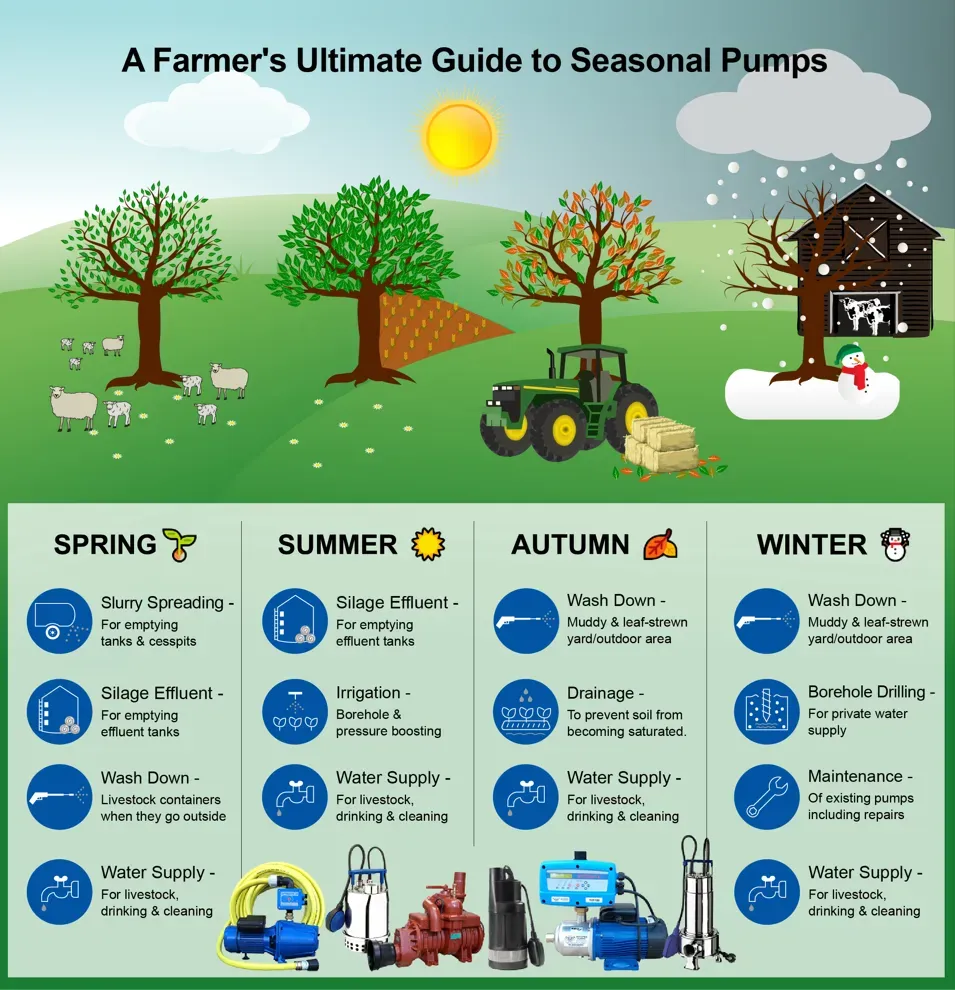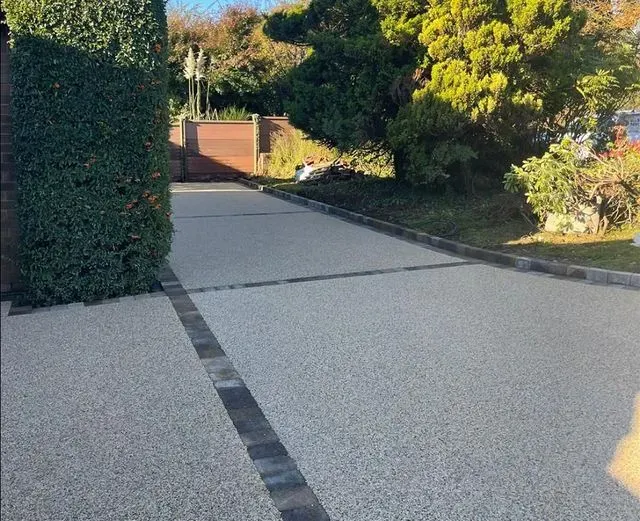Table of Contents
Ever stepped into a puddle and thought, "There's gotta be a better way?" Well, there is! Understanding Drainage materials is key to creating a dry, functional, and beautiful space, whether it's your garden, driveway, or even the foundation of your home. At lilyflower.homes, we believe everyone deserves a space free from soggy surprises. This article will equip you with the knowledge to choose the right drainage materials for your specific needs. We'll explore different types of drainage materials, discuss their properties and applications, and guide you through designing and maintaining an effective drainage system. From understanding the science behind water flow to tackling common drainage problems, we’ll make sure you're prepared to conquer any damp dilemma. So grab your shovel (or maybe just a comfy chair), and let's explore into the world of drainage materials!

The Ultimate Guide To Drainage Materials: What You Need To Know
Choosing the Right Drainage Materials for Your Project

Choosing The Right Drainage Materials For Your Project
Understanding Your Drainage Needs
Choosing the right drainage materials is like picking the right shoes for a marathon. You need to know what you’re up against. Is your garden prone to waterlogging after heavy rains? Does your driveway collect puddles every time it drizzles? Before you explore into the materials, assess the specific drainage issues you’re dealing with. This will help you pick the right stuff to keep water at bay.
If you're not sure how to identify your drainage issues, a simple way is to observe your property after a heavy rain. Note where water tends to pool and how long it takes to drain. This will give you a good starting point. For more detailed guidance, check out our tips on .
- Observe water pooling areas
- Note drainage time
- Consider soil type
Exploring Common Drainage Materials
Once you know your drainage needs, it's time to explore the materials. Gravel, sand, and crushed stone are your go-to options. Gravel is like the Swiss Army knife of drainage materials. It’s versatile and effective for a wide range of issues. Sand is great for lighter, more porous solutions, while crushed stone provides a sturdy base for heavier loads. Each material has its unique benefits, so choose wisely based on your specific needs.
For instance, if you’re dealing with a small garden bed, a mix of sand and gravel can do wonders. But if you’re tackling a larger driveway, crushed stone might be more appropriate. For a deeper investigate into these materials, head over to our guide on .
Material | Best For | Benefits |
|---|---|---|
Gravel | Small to medium areas | Versatile, easy to install |
Sand | Lighter, porous needs | Improves soil structure |
Crushed Stone | Larger, heavy-load areas | Sturdy, long-lasting |
Considering Environmental Factors
Don’t forget to consider the environmental factors when choosing your drainage materials. Climate, soil type, and local wildlife can all play a role. For example, if you live in a region with heavy rainfall, you might need materials that can handle more water flow. On the other hand, if you’re in a drought-prone area, materials that help retain moisture might be more beneficial.
It’s also important to think about the impact on local wildlife. Some materials, like plastic drain pipes, can be harmful to the environment. Opt for eco-friendly options whenever possible. For more on this, check out our guide on to learn how to maintain a balanced ecosystem in your garden.
- Climate and rainfall patterns
- Soil type and structure
- Impact on local wildlife
Understanding Drainage Material Properties and Applications

Understanding Drainage Material Properties And Applications
Now that you’ve figured out what your drainage needs are, let’s investigate into the properties and applications of different drainage materials. Think of them as the different flavors of ice cream—each has its own unique taste and texture, and knowing which one to choose depends on what you’re craving.
Gravel is like the chocolate chip of the drainage world. It’s versatile and can handle a wide range of issues. It’s great for small to medium areas, like garden beds or patios. Gravel allows water to flow through easily, preventing waterlogging and keeping your plants happy. For more on how to use gravel, check out our guide.
- Gravel for small to medium areas
- Sand for lighter, porous needs
- Crushed stone for larger, heavy-load areas
Sand is like the vanilla of the drainage world—simple and effective. It’s great for improving soil structure and is perfect for lighter, more porous needs. If you have a small garden bed that tends to retain too much water, adding a bit of sand can help it drain better. Sand also helps to aerate the soil, which is essential for healthy plant roots.
Crushed stone is like the rocky road of the drainage world. It’s sturdy and long-lasting, making it ideal for larger areas that need to handle heavier loads, like driveways or large patios. Crushed stone provides a solid base that can withstand the weight of vehicles and heavy foot traffic. For a deeper look into using crushed stone, head over to our guide.
Material | Best For | Benefits |
|---|---|---|
Gravel | Small to medium areas | Versatile, easy to install |
Sand | Lighter, porous needs | Improves soil structure |
Crushed Stone | Larger, heavy-load areas | Sturdy, long-lasting |
Each of these materials has its own strengths, and choosing the right one is crucial for a successful drainage system. For example, if you’re dealing with a small garden bed, a mix of sand and gravel can do wonders. But if you’re tackling a larger driveway, crushed stone might be more appropriate.
Remember, the key to effective drainage is understanding the specific needs of your project and selecting materials that can handle those needs. By doing so, you’ll create a dry, functional, and beautiful space that stands the test of time. For more tips on maintaining your drainage system, check out our guide.
Effective Drainage System Design with Drainage Materials

Effective Drainage System Design With Drainage Materials
Layering for Success
Designing an effective drainage system is like building a perfect layered cake. Each layer has a specific job to do, and together, they create a system that works seamlessly. The base layer should be your heaviest material, like crushed stone, which provides a solid foundation and allows water to flow through easily. This prevents water from pooling and causing issues like waterlogging.
Above the crushed stone, you can add a layer of gravel. Gravel acts like a sponge, absorbing water and allowing it to drain away quickly. It’s perfect for smaller areas like garden beds or patios. For even better drainage, mix in some sand. Sand helps to aerate the soil and improve its structure, making it easier for water to pass through. For more on soil structure, check out our guide.
- Crushed stone for the base
- Gravel for the middle layer
- Sand for the top layer
Strategic Placement and Sloping
Strategic placement is crucial when designing your drainage system. Think of it like directing traffic. You want to guide the water to where it can do the least harm. This often means creating a slope that directs water away from your foundation and towards a safe discharge point, like a drainage ditch or a storm drain.
Sloping is your best friend in the world of drainage. A 1% slope is generally recommended, which means a 1-inch drop for every 100 inches of horizontal distance. This gentle slope ensures that water flows away from your property without causing erosion. If you’re not sure how to measure and create a slope, our guide can help you out.
Material | Purpose | Benefits |
|---|---|---|
Crushed Stone | Base layer, provides foundation | Sturdy, long-lasting |
Gravel | Middle layer, absorbs water | Versatile, easy to install |
Sand | Top layer, improves soil structure | Improves soil aeration |
Maintaining and Troubleshooting Your Drainage System

Maintaining And Troubleshooting Your Drainage System
When it comes to maintaining and troubleshooting your drainage system, it's like finding a needle in a haystack - sometimes you need to dig deep to find the problem. But don't worry, I'm here to help you guide through the process. Think of me as your personal drainage detective, here to guide you through the twists and turns of your drainage system.
First things first, let's talk about the importance of regular maintenance. Just like how you need to winter care for your plants, you need to take care of your drainage system to prevent clogs and damage. Regularly inspecting your gutters and downspouts can help you catch any potential issues before they become major problems.
So, what are some common issues to look out for? For starters, keep an eye out for:
- Clogged gutters and downspouts
- Loose or damaged flashing
- Improperly graded soil
When troubleshooting, it's essential to approach the issue systematically. Start by identifying the root cause of the problem and then work your way through potential solutions. For example, if you notice water pooling around your foundation, it could be due to:
Potential Cause | Potential Solution |
|---|---|
Clogged gutters and downspouts | Clear out debris and ensure proper water flow |
Loose or damaged flashing | Secure or replace flashing to prevent water intrusion |
Improperly graded soil | Regrade soil to direct water away from foundation |
Disconnected downspout extensions | Reconnect or replace downspout extensions |
By understanding the specific needs of your project and selecting materials that can handle those needs, you'll create a dry, functional, and beautiful space that stands the test of time. And don't forget to check out our diseases prevention guide to keep your plants thriving!
Final Thought
Choosing the right drainage materials is a crucial step in creating a functional and long-lasting drainage system. By carefully considering the specific needs of your project and understanding the properties of different drainage materials, you can ensure your system effectively manages water and prevents problems like water damage, erosion, and foundation issues. Remember to always consult with a professional if you have complex drainage needs or are unsure about any aspect of the installation process. Happy draining!